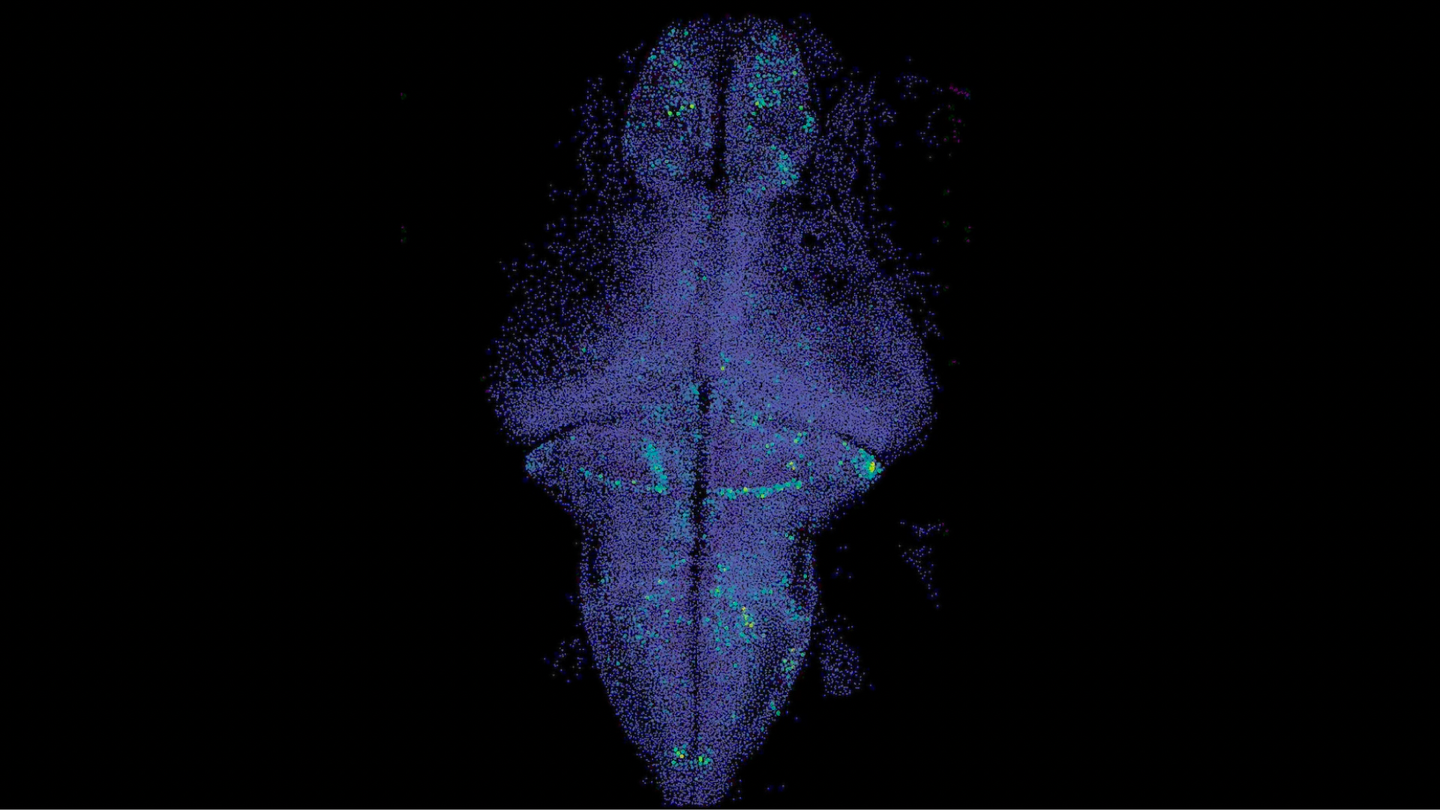Dataset from Google Research Enhances Prediction Accuracy of Zebrafish Brain Activity for Researchers

Understanding the Role of AI in Neuroscience
Artificial intelligence (AI) has the potential to revolutionize neuroscience by making predictions about brain activity, similar to how language models forecast the next word in a sentence. This technological advancement could open new pathways for understanding not just simpler organisms but also the complexities of the human brain.
The Zebrafish Activity Prediction Benchmark (ZAPBench)
A collaborative effort involving Google Research, Harvard University, and HHMI Janelia has produced a valuable resource known as the Zebrafish Activity Prediction Benchmark (ZAPBench). This project stems from over a decade of research focused on the neural connections within various animals’ brains.
What Makes ZAPBench Significant?
- Data Collection: ZAPBench is built on an extensive dataset derived from 4D recordings of larval zebrafish brains. These recordings map the activity of around 70,000 neurons responding to a range of virtual reality stimuli, such as shifts in light and water movement.
- Purpose: This benchmark aims to enhance researchers’ ability to model and predict brain activity, specifically in larval zebrafish, which are simpler than human brains but still demonstrate complex neural processes.
The Importance of Zebrafish in Neuroscience Research
Zebrafish have garnered attention in the scientific community due to several advantageous traits:
- Transparency: The embryos are transparent, allowing for easy observation of internal processes.
- Fast Development: Zebrafish develop rapidly, enabling scientists to conduct experiments over a short time frame.
- Genetic Similarity: They share significant genetic similarities with humans, which helps in studying various biological phenomena and diseases.
How AI Enhances Our Understanding of the Brain
By applying AI techniques to the data generated from studies like ZAPBench, researchers can gain insights into how neural networks operate under various conditions. Here are a few ways AI aids neuroscience:
- Modeling Complexity: AI can assist in creating sophisticated models that simulate brain activity, enabling the study of neural interactions.
- Predictive Analytics: With the help of AI, scientists can predict how neural circuits will respond to different types of stimuli, thus shedding light on the basic mechanisms underlying behavior.
- Disease Research: Understanding simpler brain models may eventually lead to breakthroughs in addressing more complex neurological disorders in humans.
The Future of Neuroscience Through Tech Innovation
The initiative involving ZAPBench is just one example of how technological advancements are driving neuroscience forward. The ultimate aim is to deepen our understanding of fundamental human behaviors and uncover the neurological underpinnings of various brain diseases. By bridging the knowledge gaps between simpler organisms like zebrafish and the human brain, researchers hope to clarify the complexities behind our own neurological functions.
Additional Resources
For those interested in learning more about this groundbreaking work, further information can be found through resources like Google Research’s blog on neuroscience. By keeping track of these developments, enthusiasts and professionals alike can stay updated on the latest advancements in the field of neuroscience, facilitated by AI.






